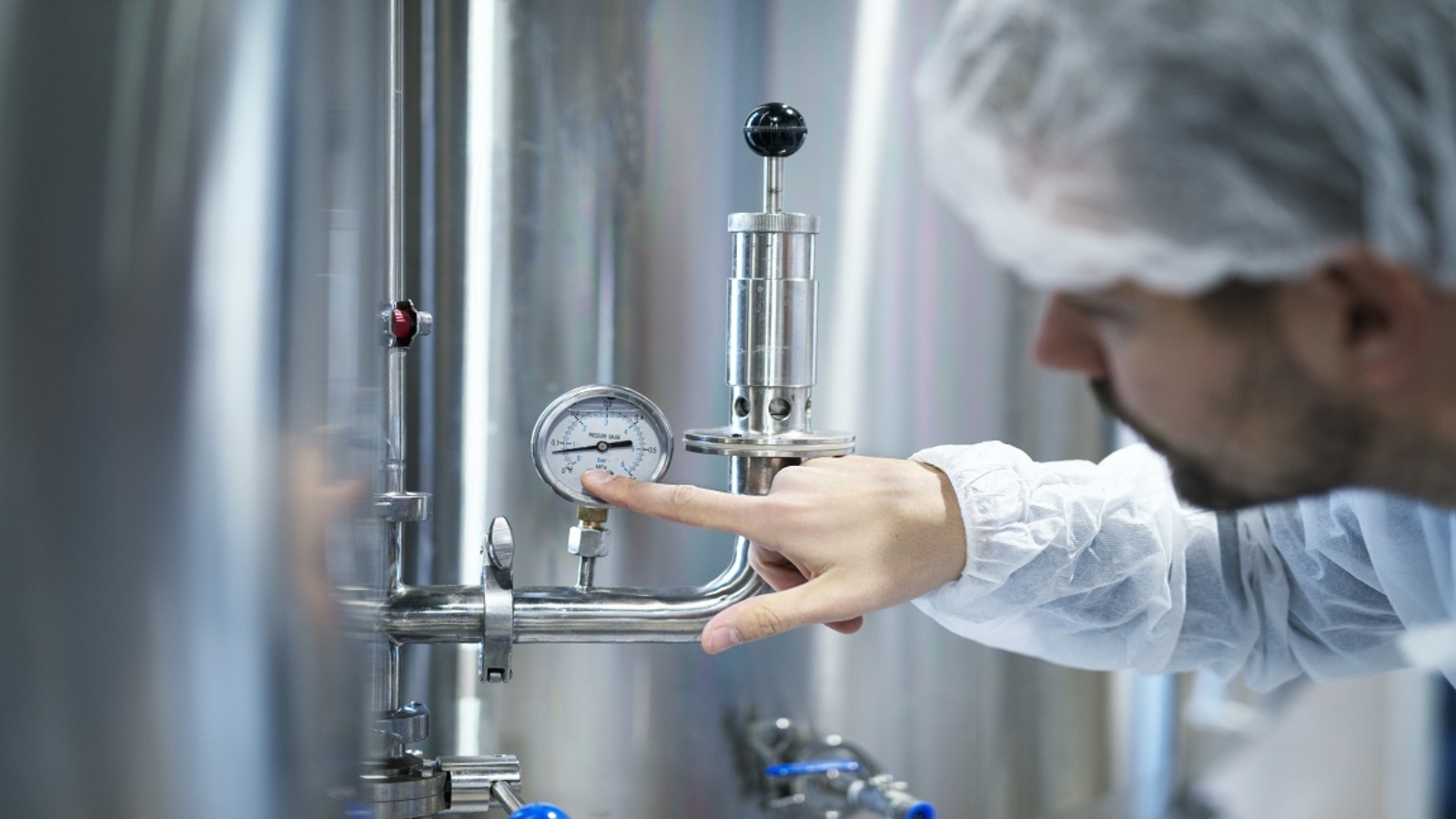Introduction
Water is an essential element of life, and having access to clean, safe drinking water is a fundamental necessity. Reverse osmosis (RO) systems have emerged as a reliable and efficient solution for ensuring the purity of our drinking water. In this comprehensive 6000-word article, we will delve into the world of reverse osmosis, exploring what it is, how it works, its benefits, and its applications.
1. Understanding Reverse Osmosis
Reverse osmosis, often abbreviated as RO, is a water purification process that uses a semi-permeable membrane to remove impurities and contaminants from water. It is one of the most effective methods for producing clean and safe drinking water at the household and industrial levels. RO systems are widely used not only for residential purposes but also in various industries, including pharmaceuticals, food and beverage, and desalination plants.
2. The Science Behind Reverse Osmosis
To understand how reverse osmosis works, we need to grasp the concept of osmosis. Osmosis is the natural process by which solvent molecules (usually water) move from an area of lower solute concentration to an area of higher solute concentration through a semi-permeable membrane. This process continues until equilibrium is reached, and the concentrations on both sides of the membrane are equal.
Reverse osmosis, as the name suggests, reverses this natural process. It applies pressure to force water through a semi-permeable membrane, causing water molecules to move from a higher solute concentration (contaminated water) to a lower solute concentration (clean water). As a result, impurities and contaminants are left behind, and only clean water passes through.
3. Components of a Reverse Osmosis System
A typical reverse osmosis system consists of several key components:
- Pre-filters: These are designed to remove large particles and sediment from the water, protecting the RO membrane from damage.
- Reverse Osmosis Membrane : The heart of the system, this semi-permeable membrane allows water molecules to pass while blocking contaminants like minerals, heavy metals, and microorganisms.
- Post-filters: These provide a final polish to the water, removing any remaining tastes or odors.
- Pressure Pump: It generates the necessary pressure to force water through the RO membrane.
- Storage Tank: This tank stores the purified water for on-demand use.
- Faucet: The faucet at your sink delivers the clean, purified water for consumption.
4. How Does a Reverse Osmosis System Work?
Now, let’s delve into the working principle of a reverse osmosis system in detail.
5. The RO Process Step by Step
Step 1: Pre-Filtration
Before water enters the RO membrane, it passes through pre-filters. These filters remove larger particles, such as sediments, sand, and rust, which can clog or damage the membrane. Pre-filtration also helps extend the lifespan of the RO membrane.
Step 2: Pressurization
The water then undergoes pressurization, courtesy of the pressure pump. This elevated pressure is essential for the next stage, where the water is forced through the semi-permeable RO membrane.
Step 3: Reverse Osmosis
At this stage, water is pushed through the RO membrane, which is designed to allow only water molecules to pass through while blocking impurities and contaminants. This membrane typically has tiny pores that are too small for ions, minerals, bacteria, and most organic compounds to pass.
Step 4: Collection
The purified water that successfully passes through the RO membrane is collected and stored in the storage tank, ready for use.
Step 5: Post-Filtration
Before consumption, the water may pass through post-filters, which further enhance its taste and odor by removing any residual impurities.
Step 6: Dispensing
When you turn on your RO faucet, you get access to clean, pure water for drinking, cooking, and various other applications.
6. Benefits of Using a Reverse Osmosis System
Reverse osmosis systems offer several advantages, making them a popular choice for water purification:
- Highly Effective: RO systems remove a wide range of impurities, including dissolved salts, heavy metals, bacteria, viruses, and more, ensuring the highest water purity.
- Improved Taste and Odor: RO systems enhance the taste and odor of water by removing chlorine, sediment, and other contaminants that can affect the flavor.
- Health and Safety: Drinking RO water eliminates potential health risks associated with impurities and contaminants in tap water.
- Environmental Benefits: RO reduces the need for bottled water, helping to reduce plastic waste.
- Cost-Effective: In the long run, RO systems can be more cost-effective than buying bottled water.
7. Common Applications of RO Systems
Reverse osmosis systems find applications in various sectors:
- Residential Use: Many households use RO systems for drinking and cooking water to ensure safe and clean water for their families.
- Commercial and Industrial: RO is employed in food and beverage production, pharmaceuticals, and electronics manufacturing to maintain water quality standards.
- Desalination: RO plays a crucial role in desalination plants, converting seawater into freshwater for drinking and irrigation.
- Wastewater Treatment: RO helps in recycling and purifying wastewater in industrial settings.
8. Maintenance and Care of RO Systems
To ensure the long-term efficiency of your RO system, regular maintenance is essential. This includes:
- Replacing Filters: Pre-filters and post-filters need periodic replacement to maintain their effectiveness.
- Sanitization: Periodically sanitize the system to prevent bacterial growth.
- Check for Leaks: Inspect for any leaks or damaged components.
Conclusion
Reverse osmosis systems have revolutionized the way we access clean and safe drinking water. By utilizing the principles of osmosis in reverse, these systems remove contaminants and impurities, providing us with pure, healthy water for various applications. Whether it’s for residential use or industrial processes, RO systems continue to play a pivotal role in ensuring water quality and safety. As we move forward, it is essential to embrace such advanced technologies to secure our water resources for generations to come.

